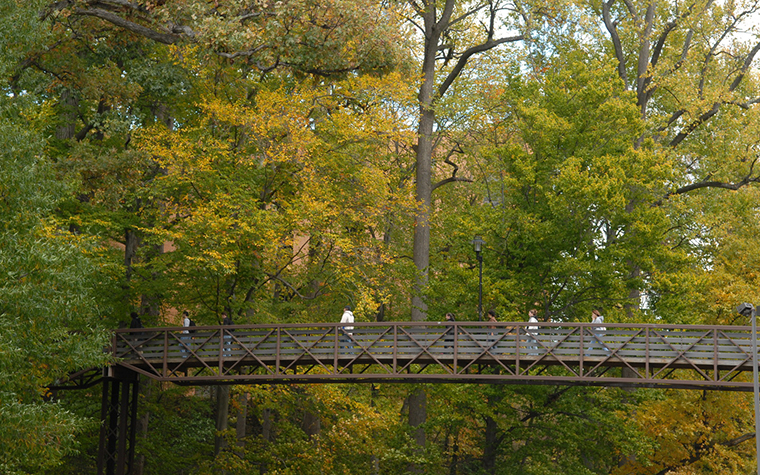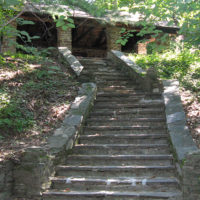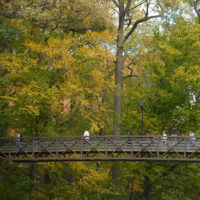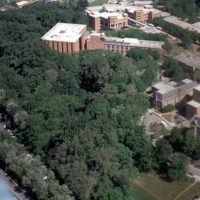Join NHSM and Professor Vanessa Beauchamp to learn how to read the forest in the winter! Take a stroll through Towson University Glen Arboretum to situate yourself and identify different trees without as many leaves and colors to guide you.
Participants will explore the native Maryland trees in the arboretum using a dichotomous key, as well as all five senses, to learn how to distinguish between various woody plant species.
There will be some low impact hiking involved on a trail- mostly flat ground, with some uneven grass, slopes, and stairs.
Please dress warmly and bring whatever will make you comfortable in the cold such as water, hand warmers, tea, etc.
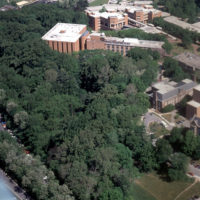

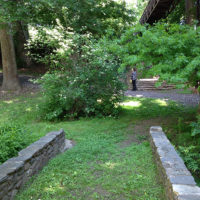
More about the Glen Arboretum:
The Glen is 10 acres of woods located at the center of the Towson University campus and was dedicated provide an educational experience for students in the Baltimore region.
Many of the structures of the Glen — the pavilion, the caretaker’s cottage, the trails and walkways—were first created in 1933 through a Works Progress Administration grant. Following its 1936 dedication, the Glen became central to campus social life, including May Day celebrations. In the 1960s, a series of open-air theatrical performances were produced in the Glen by the Glen Players.
For decades these woods have been used by students and faculty as a place of quiet repose and scientific exploration. It is a valuable resource for ongoing research in biology and chemistry, and a central location for the experiential learning-based program, the Towson University Challenge Course. The university’s current mission is to:
- Establish and maintain specimens of plants, principally trees and shrubs, that are native to Maryland
-
- There are approximately 120 species of trees naturally occurring in Maryland. As of fall 2021 there are over 100 of these species — ranging from large, fully established trees to newly planted saplings — growing in the Glen Arboretum. Another goal is to establish many of the native Maryland shrubs. There are currently more than 30 species of native shrubs in the Glen.
- Provide an educational experience for the university community and community at large that is both scientifically accurate yet accessible to lay persons
- Serve as an outreach and community engagement tool of the university

